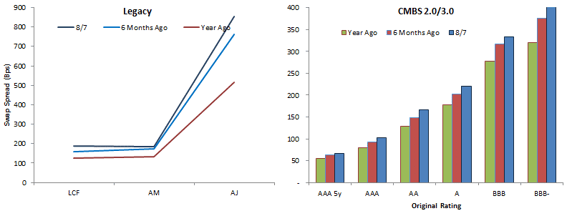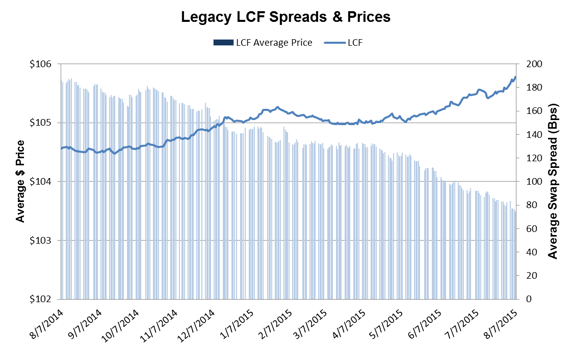Commercial Property companies are starting to experience decrease in their profits as the commercial real estate market start to lose its heat.
According to Bloomberg.com, CBRE Group Inc. and Jones Lang LaSalle Inc. experienced their biggest loss since 2011 due to difficulties in equities. The loss brought a 14% drop for CBRE Group and 16% for Jones Lang LaSalle. HFF Inc. dropped with 20% in August while Marcus & Millichap Inc. dropped with 17%.
The possible further decrease in real estate transactions is raising concern among big brokerage firms that their profit will also decline together with the transactions. The possible drop in profit might cause for the firms to lease their properties instead of selling them.
Brad Burke, analyst at Goldman Sachs Group Inc., said that the profit growth at the companies "is in the rear- view mirror at this point. This is a natural maturing of the real estate cycle."
According to Real Capital Analytic Inc., commercial real estate transactions in the U.S. increase with 23% during last year's second quarter. Major several sales made early last year had "front- loaded" the first half volume of $255.1 billion. Two industrial portfolio were included in the transaction, namely Manhattan's Waldorf Astoria Hotels and Willis Tower in Chicago.
Sam Chandan, founder and chief economist of Chandan Economics, said that "We have had a very rich transaction market for some time, so the rate of growth in activity has necessarily begun to taper off. It's not the kind of growth we saw when we were coming off the bottom."
According to ChicagoBusiness.com, a quarterly report from Federal Reserve Data revealed that "the expansion in real estate lending is slowing." A 2.7% increase in outstanding commercial- mortgage debt in 2013 was observed and it raised again by 4.2% last year.
Various factors affect the slowdown in commercial property market business. Some of those factors were a strong dollar's effect non- U.S. profit, drop in oil prices that causes decrease in real estate demand "energy hubs" such as Calgary and Houston.





